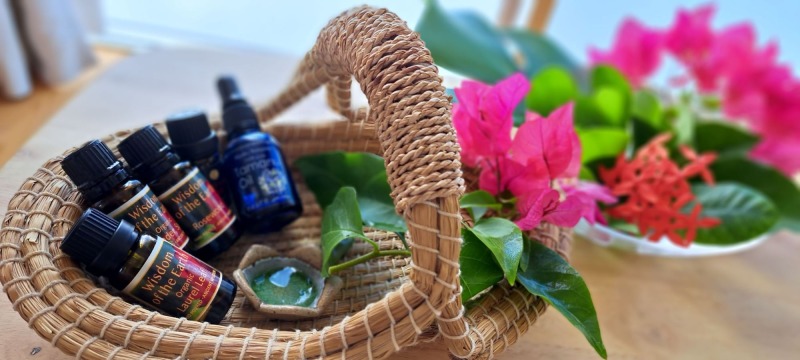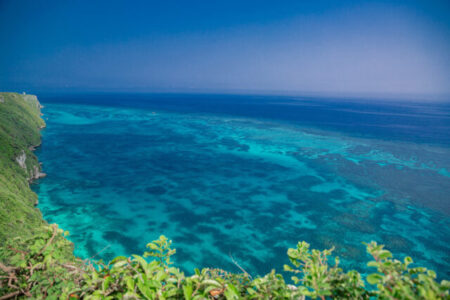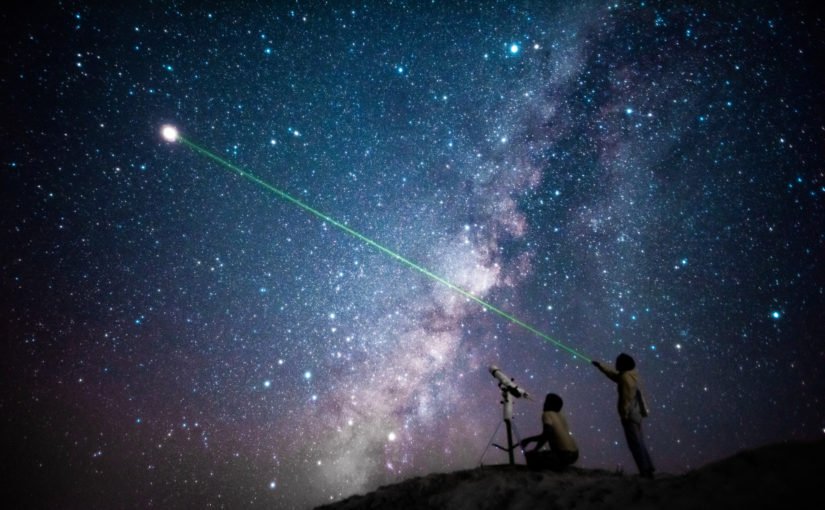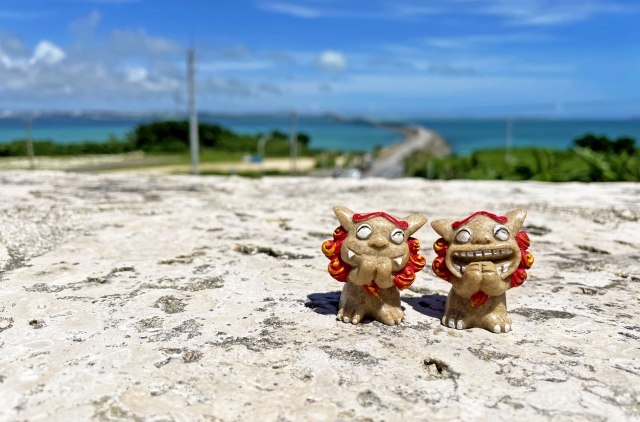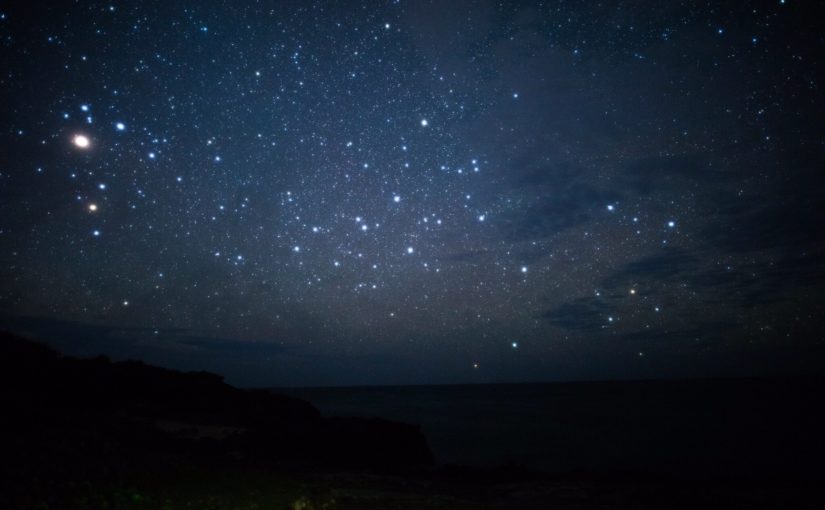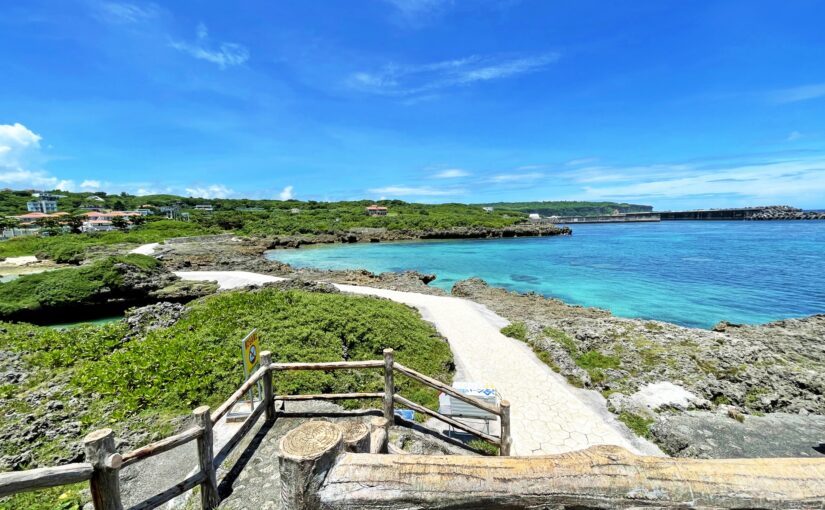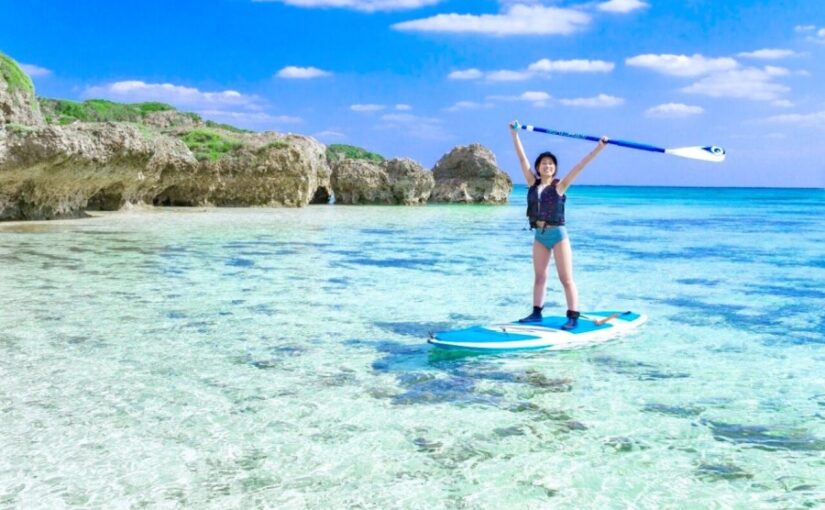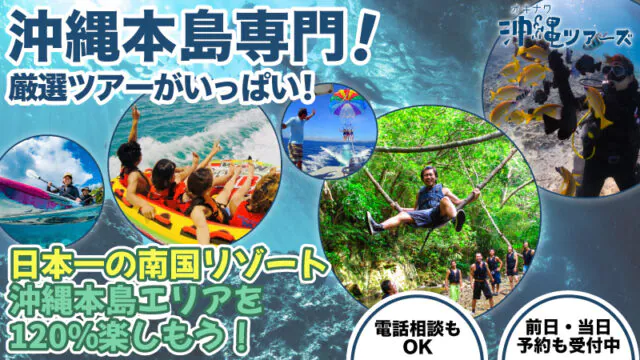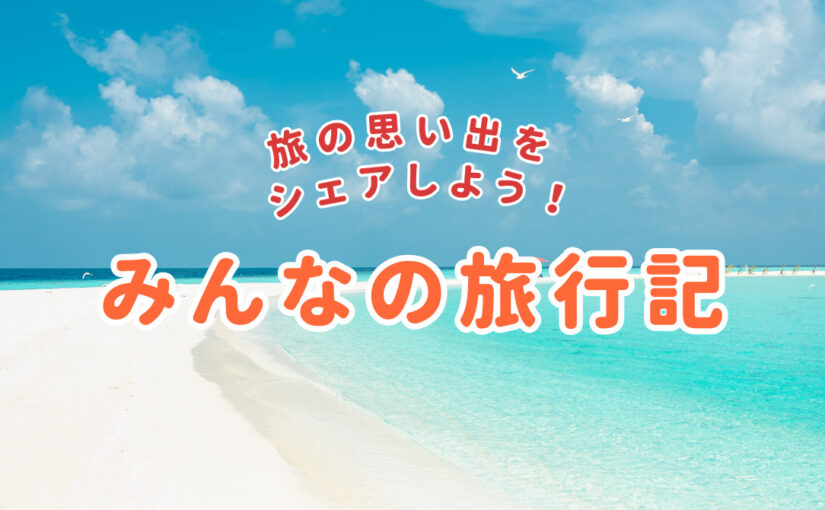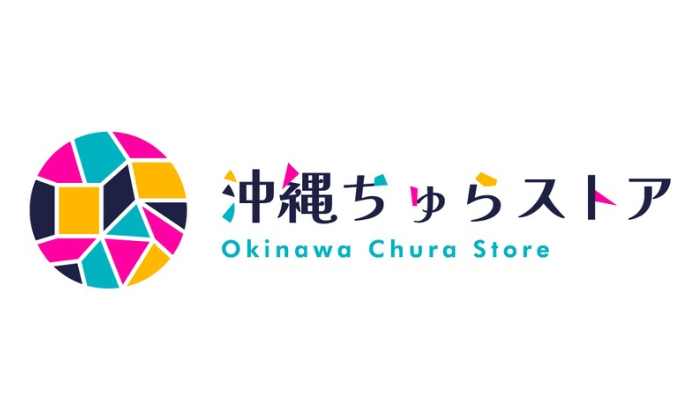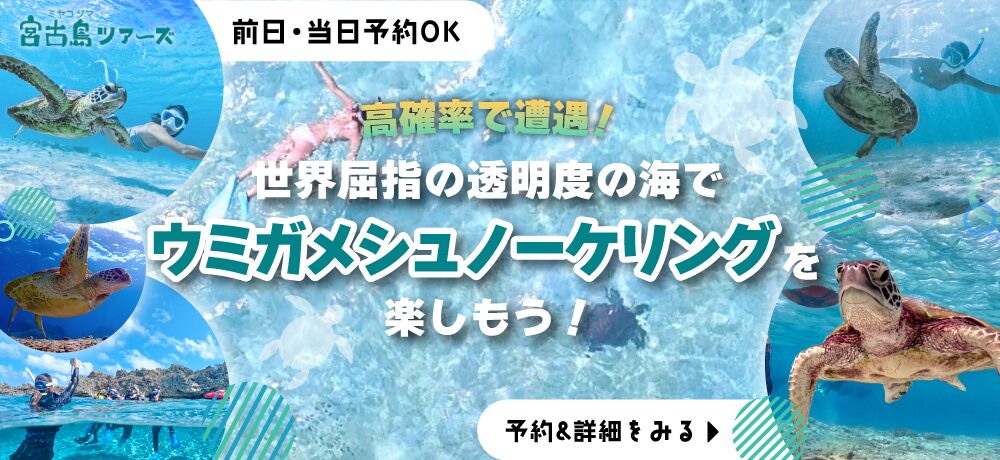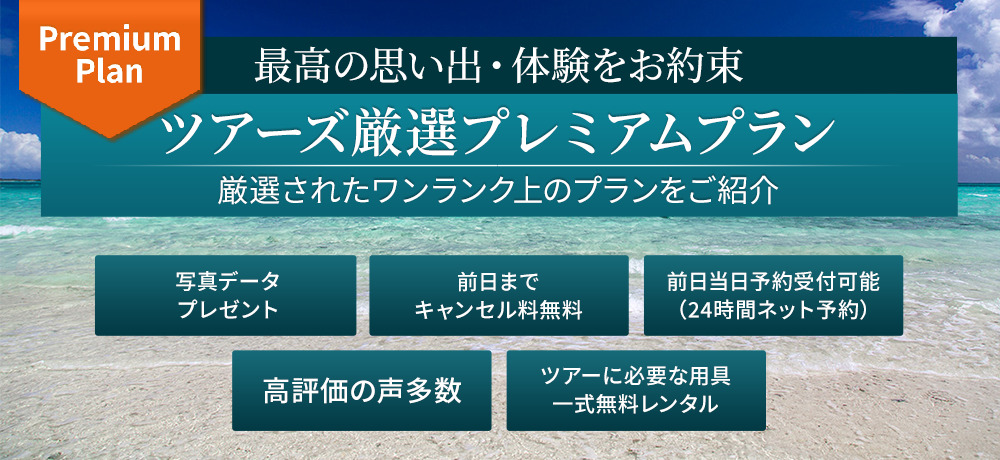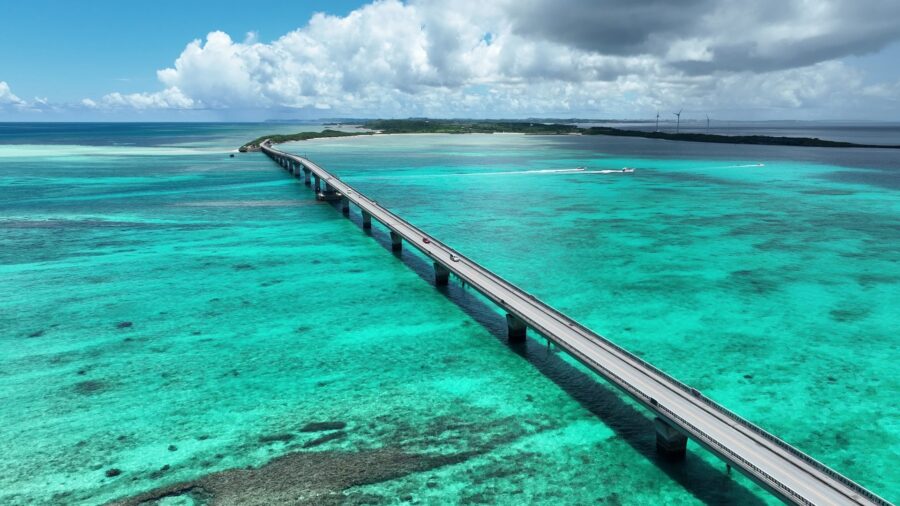
Miyako Island Bridges: Gateway to Irabu and Ikema
目次
- 1 Introducing Miyako Island Bridges to Irabu and Ikema Islands
- 2 Introduction to Miyako Island's Bridge Network
- 3 Exploring Irabu Island
- 4 Discovering Ikema Island
- 5 Planning Your Island-Hopping Tour
- 6 Outdoor Activities Across the Islands
- 7 Cultural Immersion and Local Festivals
- 8 Preserving Island Ecosystems
- 9 Conclusion: Bridging Experiences on Miyako's Islands
Introducing Miyako Island Bridges to Irabu and Ikema Islands
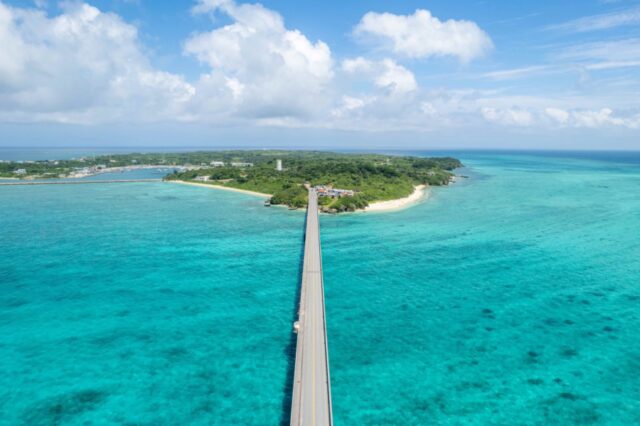
Discover the enchanting world of Miyako Island's bridge network, connecting the stunning islands of Irabu and Ikema. This comprehensive guide explores the engineering marvels of Irabu-Ohashi and Ikema bridges, unveils must-visit attractions, and delves into the rich cultural tapestry of these Okinawan gems.
From pristine beaches to traditional village life, embark on an unforgettable island-hopping adventure that combines natural beauty, cultural immersion, and sustainable tourism.
↓ Recommended Tours ↓
 【宮古島/観光バス/1日】宮古諸島5島&3大大橋の絶景スポットを巡ろう☆バスガイド付き観光バスツアー<日帰り参加OK&年齢制限なし>(No.928)開始時間:8:25~17:40所要時間:約9時間8,000円
【宮古島/観光バス/1日】宮古諸島5島&3大大橋の絶景スポットを巡ろう☆バスガイド付き観光バスツアー<日帰り参加OK&年齢制限なし>(No.928)開始時間:8:25~17:40所要時間:約9時間8,000円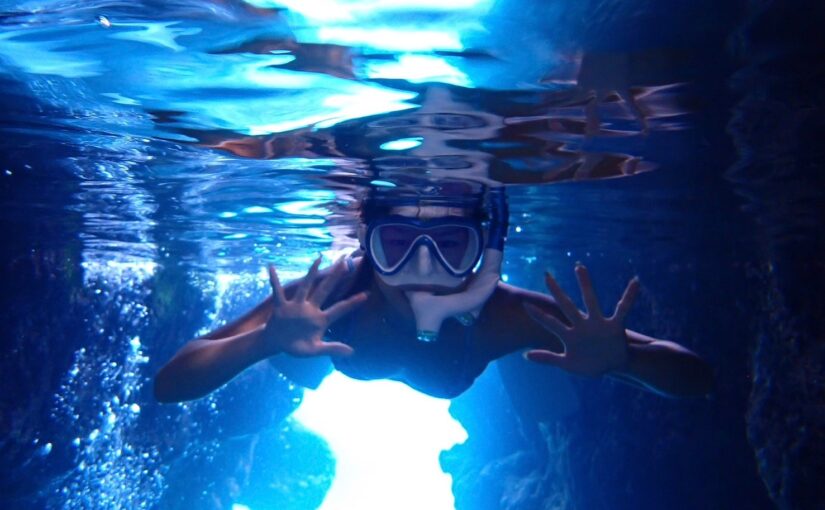 ★春の特別SALE【伊良部島/約2時間】新名所『サファイアケイブ』で大冒険☆煌めく青の洞窟シュノーケリング&洞窟探検ツアー★写真無料&送迎相談可(No.832)開始時間:9:30~11:30 / 13:30~15:30所要時間:約2時間8,900円 →7,900円
★春の特別SALE【伊良部島/約2時間】新名所『サファイアケイブ』で大冒険☆煌めく青の洞窟シュノーケリング&洞窟探検ツアー★写真無料&送迎相談可(No.832)開始時間:9:30~11:30 / 13:30~15:30所要時間:約2時間8,900円 →7,900円
Introduction to Miyako Island's Bridge Network
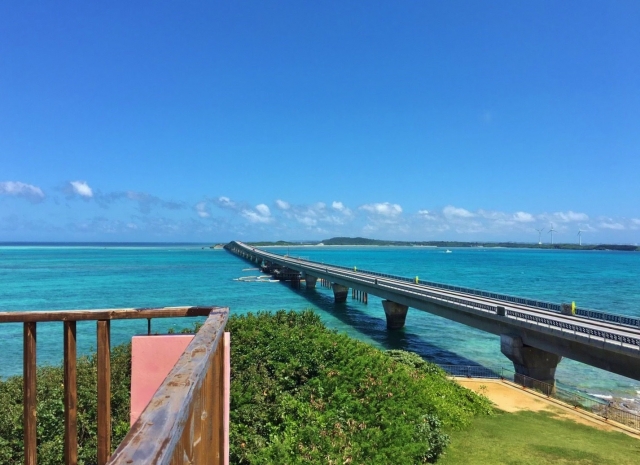
Miyako Island's bridge network is a testament to modern engineering and the desire to connect communities. These bridges have transformed the way of life for locals and opened up new possibilities for tourists, creating a seamless island-hopping experience in Okinawa's pristine waters.
The Significance of Connecting Islands

The bridges connecting Miyako, Irabu, and Ikema islands have revolutionized daily life for residents and visitors alike. Before their construction, islanders relied on ferries, which were subject to weather conditions and limited schedules.
Now, these bridges provide 24/7 access, fostering economic growth, improving healthcare access, and enhancing educational opportunities. For tourists, the bridges offer the chance to explore multiple islands with ease, experiencing diverse landscapes and cultures in a single trip.
Overview of Irabu and Ikema Islands
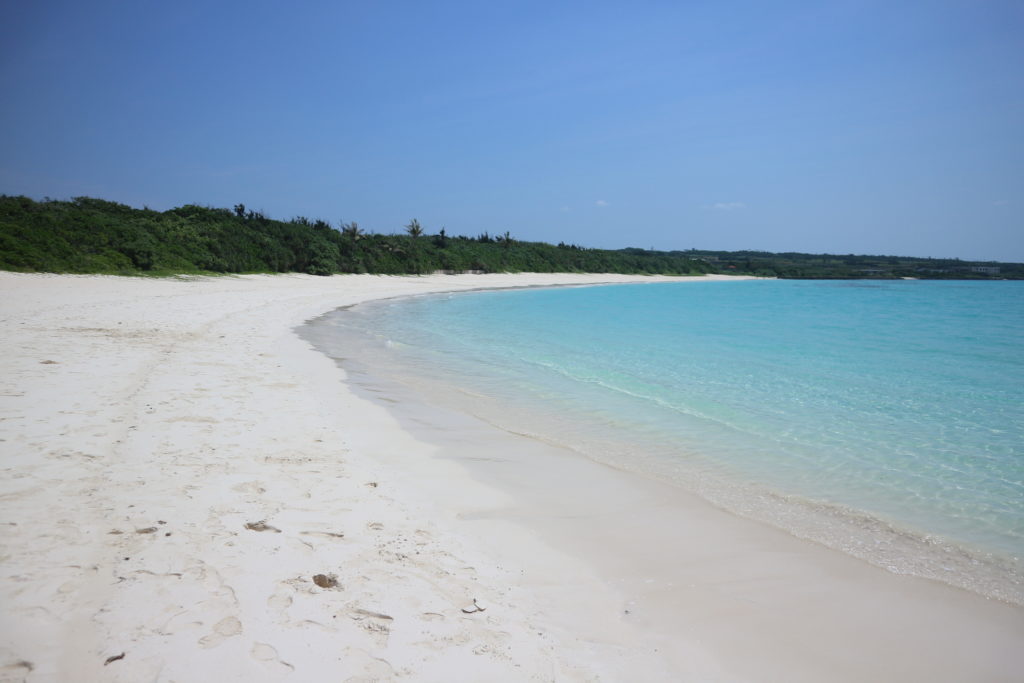
Irabu and Ikema islands, now easily accessible from Miyako, each offer unique charms.
Irabu, the larger of the two, boasts stunning beaches, lush forests, and a blend of traditional and modern Okinawan culture.
Ikema, smaller and more tranquil, is known for its pristine nature, friendly locals, and glimpses into traditional Miyako life.
Both islands provide visitors with authentic experiences, from savoring local cuisine to participating in age-old customs.
Exploring Irabu Island
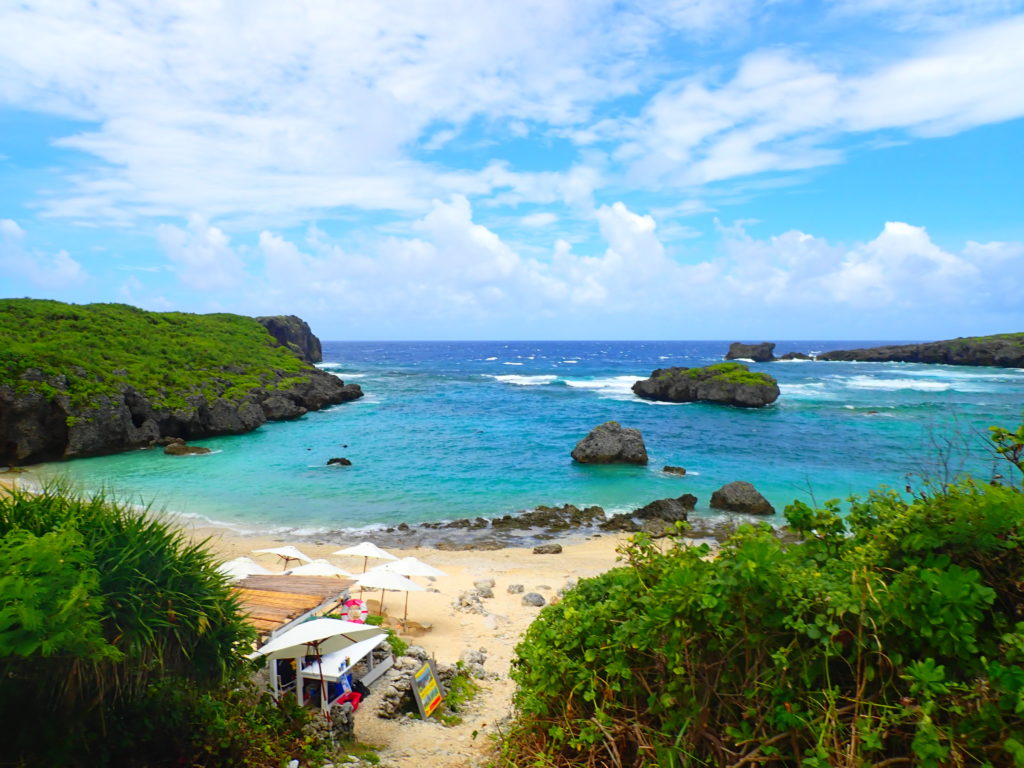
Irabu Island, connected to Miyako by the impressive Irabu-Ohashi Bridge, is a treasure trove of natural beauty and cultural experiences. This island offers a perfect blend of modern amenities and traditional Okinawan charm, making it a must-visit destination for any Miyako archipelago tour.
Click here to find activity tours on Irabu Island!
Irabu-Ohashi Bridge: A Marvel of Engineering
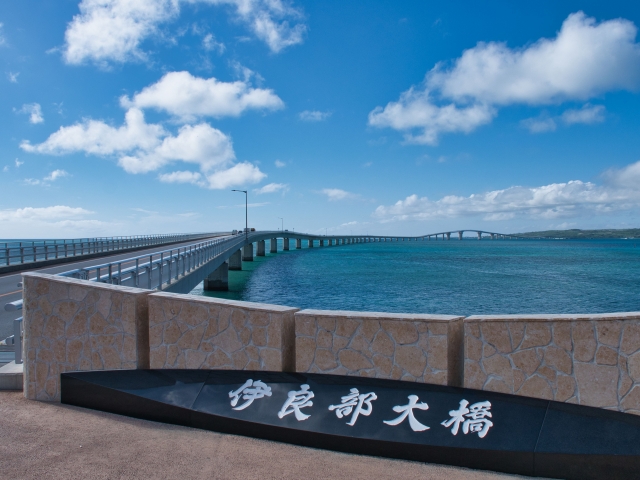
The Irabu-Ohashi Bridge, spanning 3,540 meters, is a feat of modern engineering and one of Japan's longest toll-free bridges.
Opened in 2015, this architectural marvel not only connects Miyako and Irabu but also provides breathtaking views of the East China Sea. Driving or cycling across the bridge is an experience in itself, with panoramic vistas of turquoise waters and lush islands.
The bridge's design incorporates wind-resistant features, ensuring safe passage even during Okinawa's typhoon season.
Must-Visit Attractions on Irabu Island
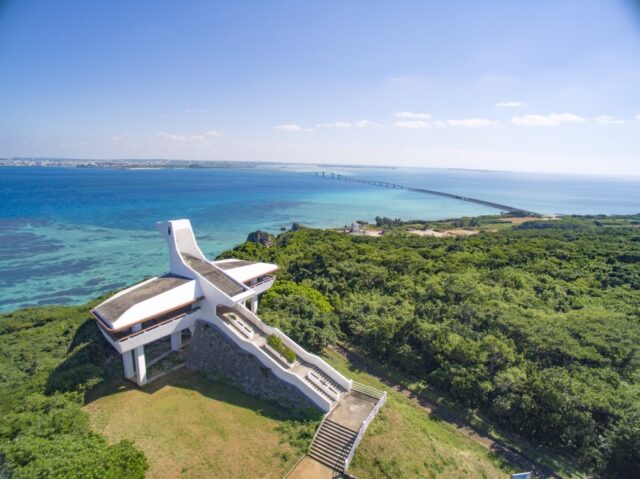
Irabu Island is home to several captivating attractions.
The Sawada no Hama Beach, with its unique star-shaped sand, is a favorite among visitors.
For history buffs, the Irabu Castle Ruins offer insights into the island's past.
Nature lovers shouldn't miss the Makiyama Observatory, providing stunning 360-degree views of the surrounding islands and sea.
The Toguchinohama Beach is perfect for swimming and snorkeling, showcasing the island's vibrant marine life.
Local Cuisine and Cultural Experiences
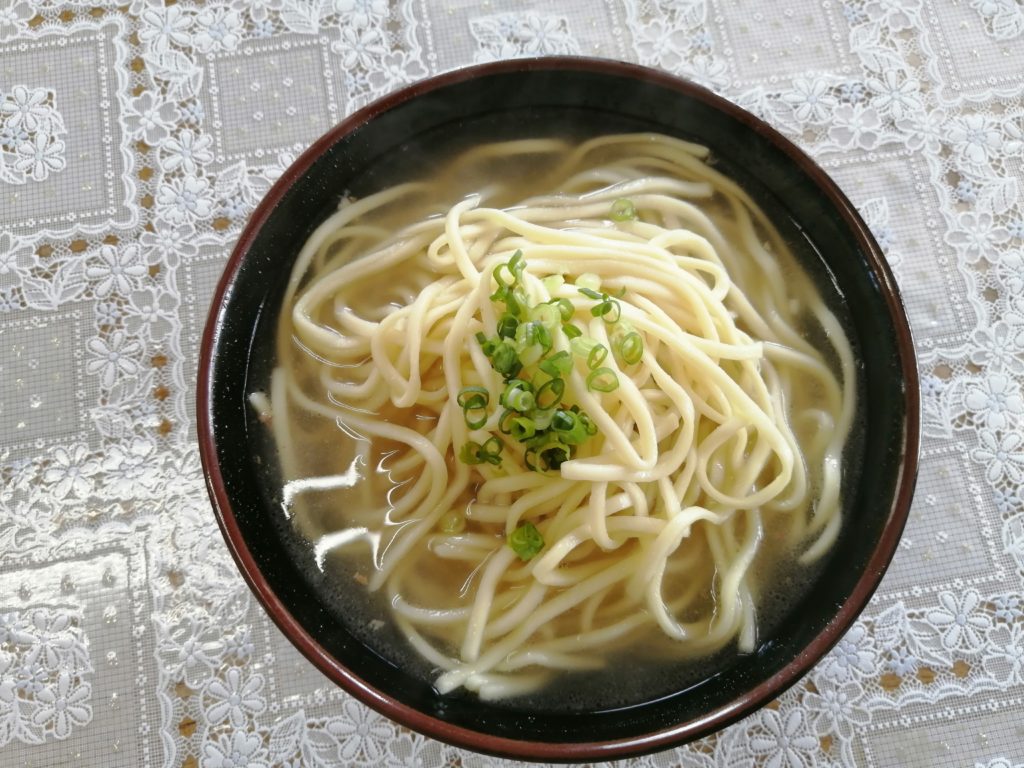
Immerse yourself in Irabu's rich culinary scene and cultural offerings. Try local specialties like Irabu soba, known for its unique texture and flavor.
Visit the Miyakojima City Irabu Archaeological Museum to learn about the island's history and traditional crafts. Participate in workshops to make Miyako-jofu, a prized local textile.
For a truly authentic experience, stay at a minshuku (family-run guesthouse) to enjoy home-cooked meals and warm Okinawan hospitality.
Discovering Ikema Island
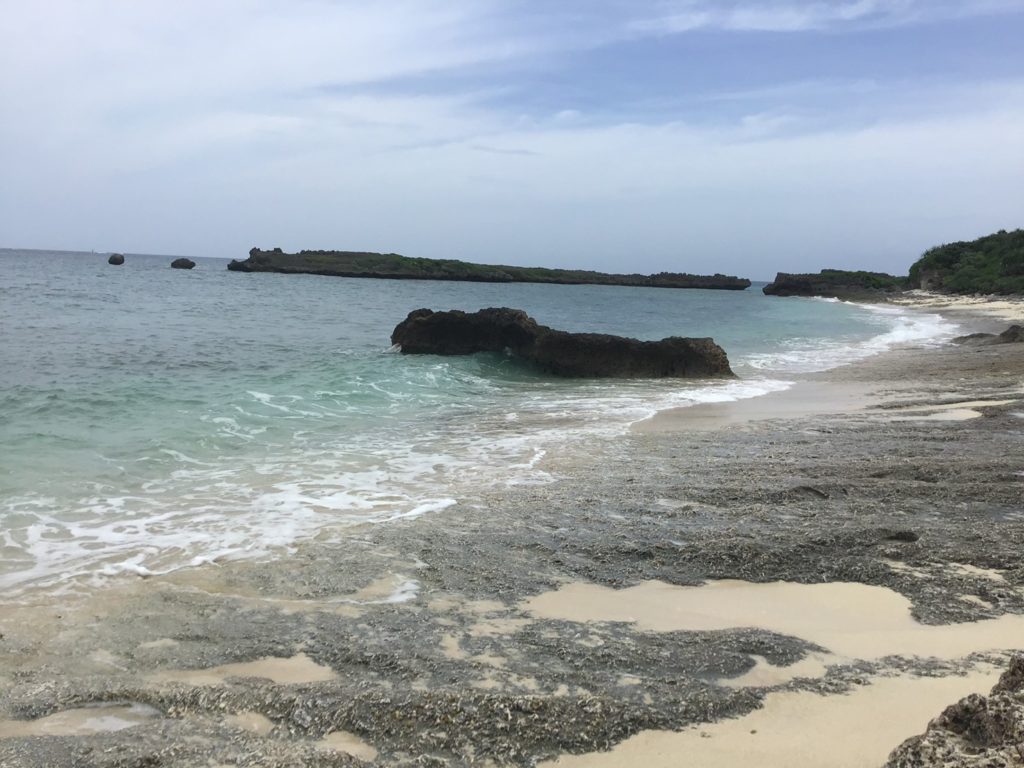
Ikema Island, though smaller than Irabu, packs a punch with its unspoiled beauty and traditional charm. Connected to Miyako by the Ikema Bridge, this island offers visitors a glimpse into the slower, more traditional pace of Okinawan life.
Ikema Bridge: Linking Cultures

The Ikema Bridge, stretching 1,425 meters, has been connecting Miyako and Ikema islands since 1992. This bridge not only provides easy access but also symbolizes the blending of cultures between the two islands.
As you cross, you'll be treated to spectacular views of the crystal-clear waters below.
The bridge has become a popular spot for watching sunsets, with many visitors timing their crossing to coincide with the golden hour.
Natural Wonders of Ikema Island

Ikema Island is a nature lover's paradise. The Ikema Wetland, a protected area, is home to diverse flora and fauna, including several endangered species. Visitors can explore the wetland via boardwalks, observing native birds and plants.
The island's beaches, like Ikema Beach, offer pristine white sands and clear waters perfect for swimming and snorkeling.
For those interested in geology, the limestone formations along the coast provide fascinating examples of Okinawa's unique rock structures.
Traditional Village Life and Customs
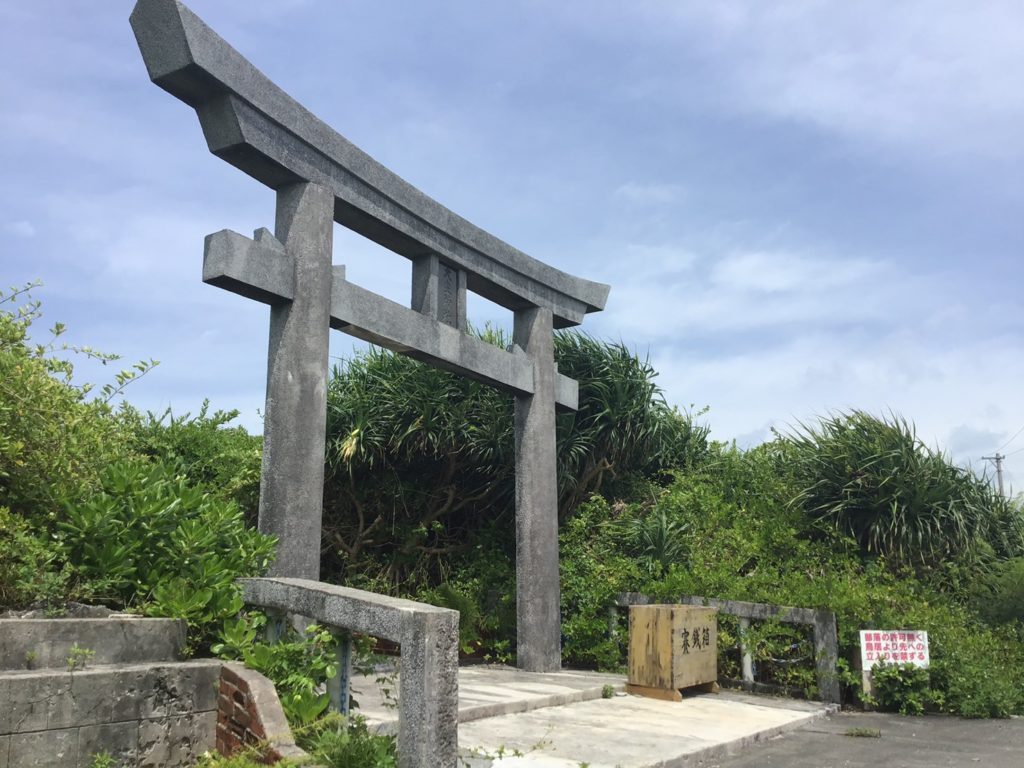
Ikema Island offers an authentic glimpse into traditional Miyako life. The island's main village retains much of its old-world charm, with narrow streets lined with traditional Okinawan houses. Visitors can observe local customs, such as the tug-of-war festival held annually.
Engage with friendly locals to learn about traditional fishing methods still practiced on the island. Don't miss the opportunity to try Ikema's famous salt, produced using age-old techniques and prized for its unique mineral content.
Planning Your Island-Hopping Tour
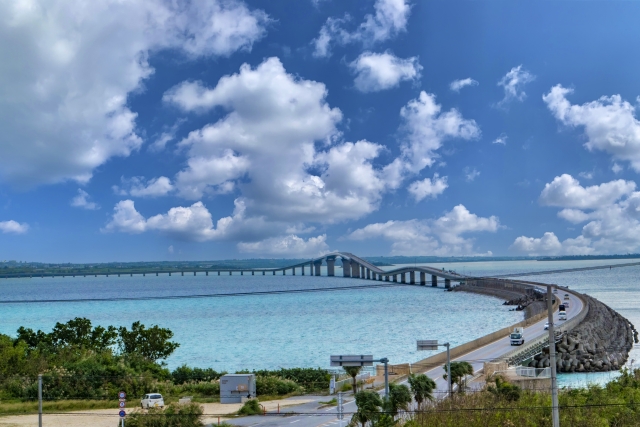
Embarking on an island-hopping adventure across Miyako, Irabu, and Ikema requires thoughtful planning. This section will guide you through the essentials of creating an unforgettable tour, ensuring you make the most of your visit to these enchanting Okinawan islands.
Best Times to Visit

The ideal time to visit Miyako, Irabu, and Ikema islands is during the dry season, from March to May and October to December. These months offer pleasant temperatures, lower humidity, and minimal rainfall, perfect for outdoor activities and sightseeing.
Summer (June to September) brings warmer temperatures ideal for beach activities, but be prepared for occasional rain and higher tourist numbers.
Winter (January to February) is cooler but still mild, with fewer crowds and lower prices, making it great for budget travelers.
Transportation Options

Getting around the islands is relatively easy thanks to the bridge network.
Renting a car is the most flexible option, allowing you to explore at your own pace.
Scooters and bicycles are popular for shorter distances and offer a more immersive experience.
Public buses connect major attractions on Miyako and Irabu, but services are limited on Ikema.
For a unique perspective, consider joining a guided tour or renting a kayak to explore the coastlines.
Remember to check bridge toll information, although most are currently toll-free for standard vehicles.
Accommodation Choices
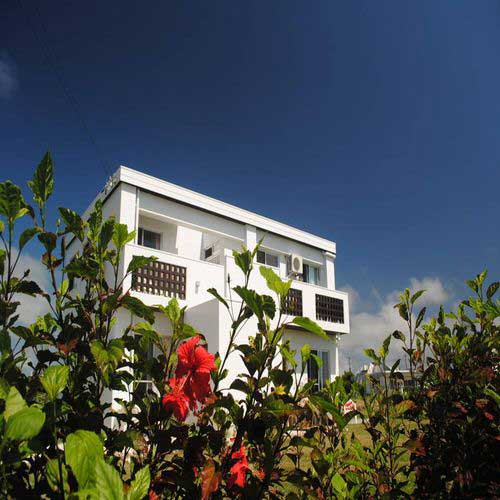
Each island offers a range of accommodation options to suit different preferences and budgets.
On Miyako, you'll find everything from luxury resorts to budget-friendly guesthouses.
Irabu Island has seen recent development, with new hotels and resorts offering modern amenities alongside traditional minshuku.
Ikema, being smaller, has limited options but provides a more intimate stay with family-run guesthouses.
For a unique experience, consider camping on designated beaches or staying in a traditional Okinawan house.
Book in advance during peak seasons to secure your preferred accommodation.
Outdoor Activities Across the Islands
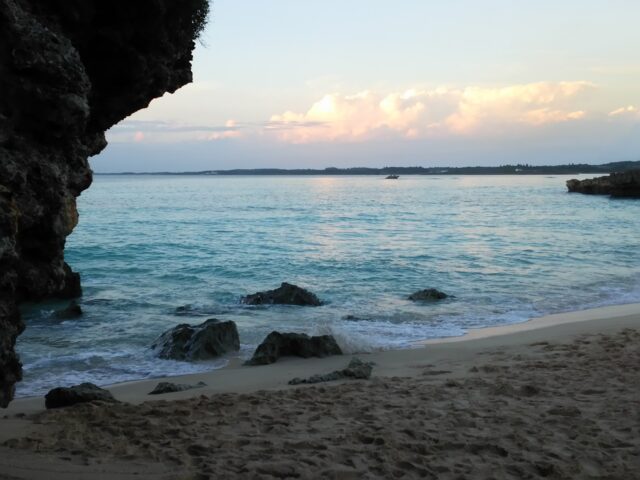
The Miyako Island group offers a plethora of outdoor activities for nature enthusiasts and adventure seekers. From pristine beaches to scenic hiking trails, these islands provide diverse experiences that showcase the natural beauty of Okinawa.
Beach Hopping and Water Sports
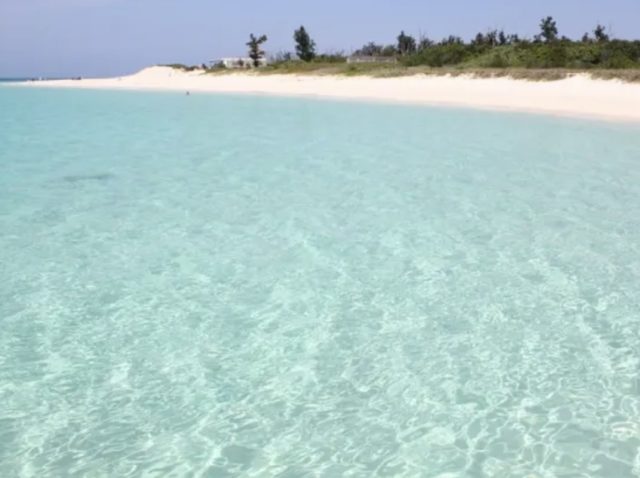
The islands boast some of Japan's most beautiful beaches.
Yonaha Maehama Beach on Miyako is often ranked among the best in Asia, perfect for sunbathing and swimming.
Snorkeling and diving are popular at Yoshino Beach on Irabu, known for its vibrant coral reefs.
For water sports enthusiasts, Ikema offers excellent conditions for windsurfing and kayaking.
Many beaches provide equipment rentals and lessons for activities like stand-up paddleboarding and jet skiing.
Remember to respect local guidelines to help preserve these pristine environments.
Hiking and Nature Trails
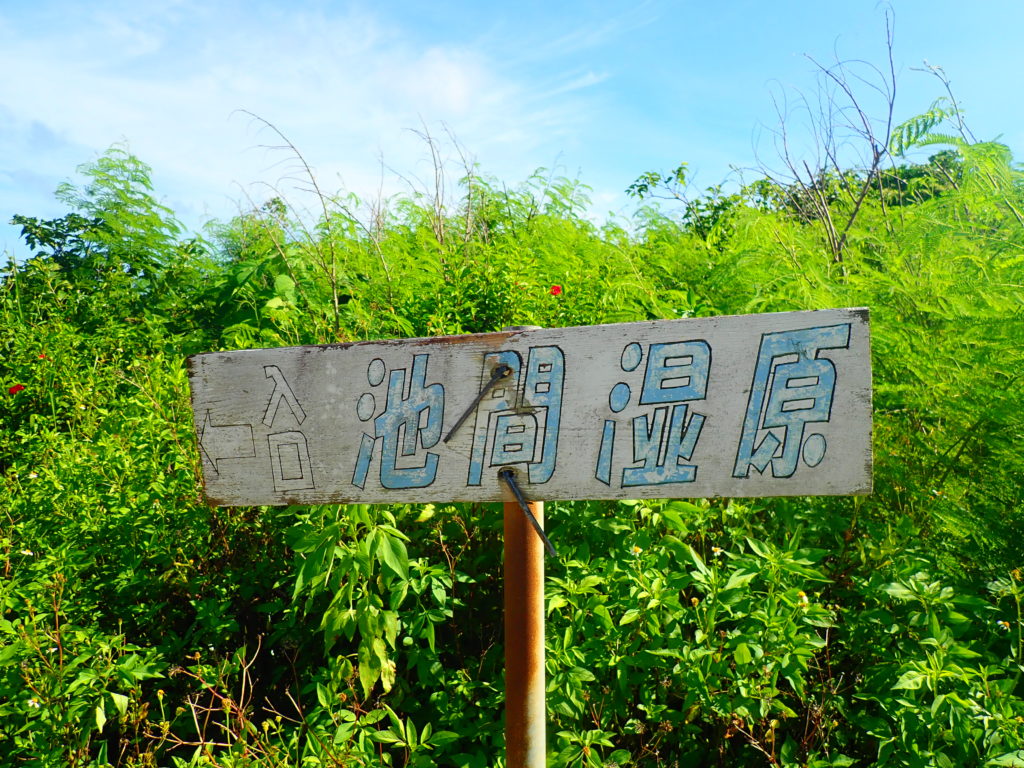
Each island offers unique hiking experiences.
On Miyako, the Boraga Limestone Cave trail provides an intriguing journey through ancient rock formations.
Irabu's Makiyama Observatory trail offers panoramic views of the island group.
Ikema's wetland boardwalks allow for close observation of local flora and fauna.
These trails vary in difficulty, catering to both casual walkers and experienced hikers. Always check trail conditions and carry essentials like water, sunscreen, and insect repellent.
Scenic Drives and Viewpoints
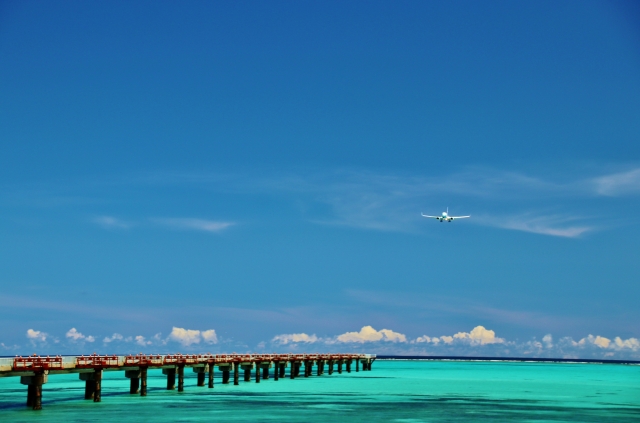
The bridge network connecting the islands creates opportunities for breathtaking scenic drives.
The Irabu-Ohashi Bridge drive is particularly spectacular, especially at sunset.
On Miyako, the coastal road to Cape Higashi-Hennazaki lighthouse offers stunning ocean views.
Irabu's Shimojishima Airport Road provides unique vistas of planes taking off over the sea.
For the best views, visit Makiyama Observatory on Irabu or the hilltop lookouts on Ikema.
Consider renting a convertible or joining a guided tour to fully appreciate these scenic routes.
Cultural Immersion and Local Festivals
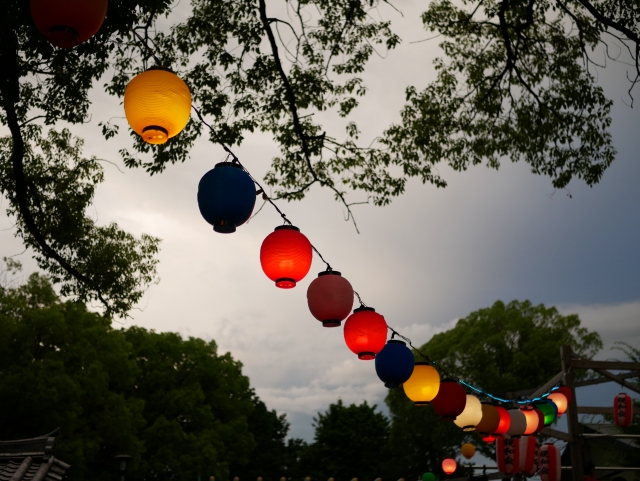
Immersing yourself in the rich culture of Miyako, Irabu, and Ikema islands is an essential part of any visit. These islands preserve unique traditions and host vibrant festivals that offer insights into the local way of life.
Traditional Miyako Arts and Crafts
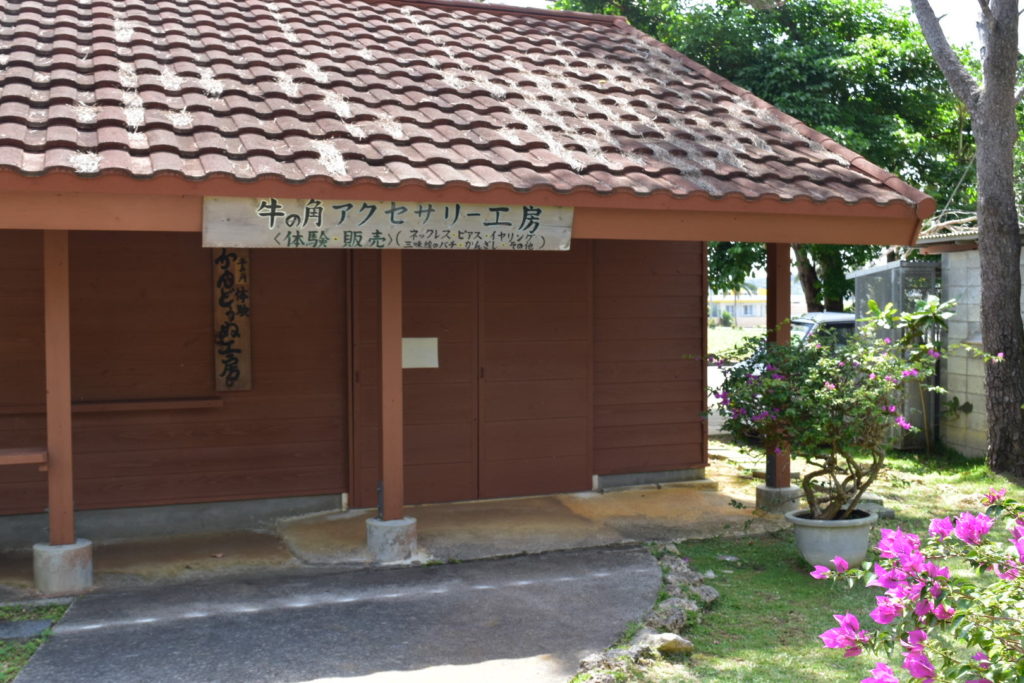
The islands are known for their distinctive arts and crafts.
Miyako-jofu, a high-quality ramie fabric, is a designated Important Intangible Cultural Property of Japan. Visitors can observe the weaving process and even try their hand at creating this textile.
On Irabu, the art of making Miyako salt using traditional methods is still practiced.
Ikema is known for its shell craft, where artisans create intricate designs using locally collected seashells.
Many workshops and small museums across the islands offer hands-on experiences in these traditional crafts.
Annual Festivals and Events

The islands come alive with festivals throughout the year.
The Miyako Island Festival in August features traditional Okinawan dance, music, and a spectacular fireworks display.
Irabu's Harvest Festival in October celebrates the island's agricultural bounty with food stalls and cultural performances.
Ikema's Tug-of-War Festival, held in July, is a community event that brings together locals and visitors in a friendly competition.
These festivals offer a unique opportunity to experience local customs, try traditional foods, and interact with community members.
Interacting with Local Communities
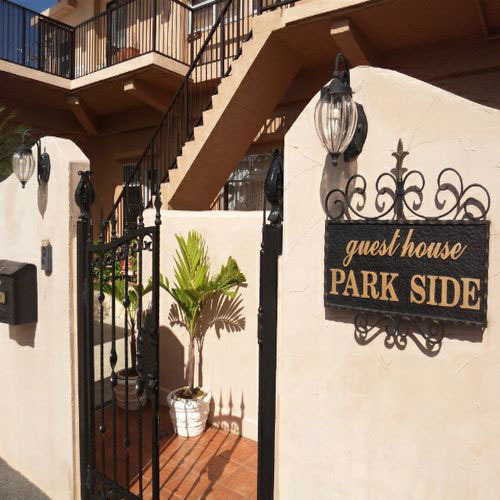
Engaging with local communities provides authentic cultural experiences. Visit small villages on each island to observe daily life and traditional practices. Many locals are happy to share stories about island history and customs. Participate in community events like beach cleanups or local markets to connect with residents.
Consider staying at a minshuku (family-run guesthouse) for a more personal interaction with locals. Learning a few basic Miyako language phrases can greatly enhance your interactions and show respect for the local culture.
Preserving Island Ecosystems
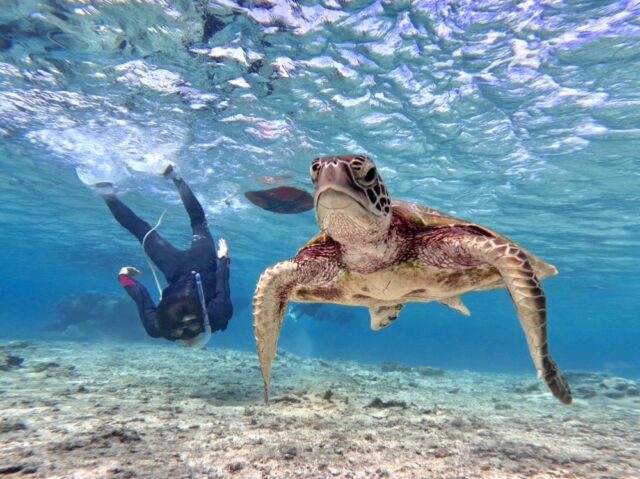
The delicate ecosystems of Miyako, Irabu, and Ikema islands face challenges from increased tourism and development. Efforts are underway to balance economic growth with environmental preservation, ensuring these pristine environments can be enjoyed by future generations.
Conservation Efforts and Sustainable Tourism
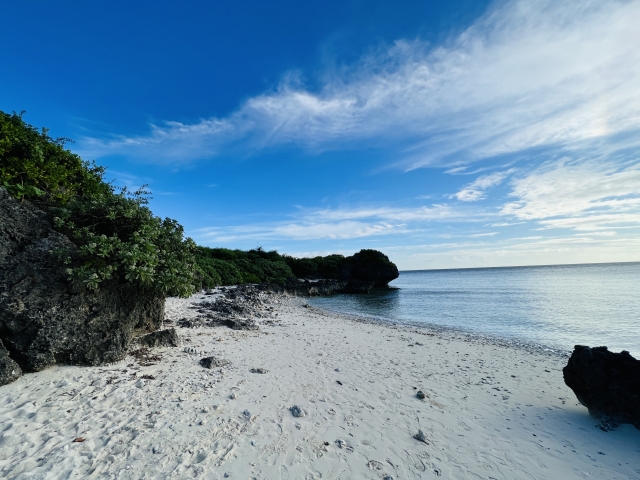
Local authorities and environmental groups are implementing various conservation initiatives. These include designating protected areas, regulating development, and promoting eco-friendly practices in tourism.
Visitors can contribute by choosing eco-certified accommodations, participating in beach clean-ups, and following guidelines for responsible tourism. Educational programs at local visitor centers raise awareness about the islands' unique ecosystems and the importance of their preservation. Supporting local businesses that prioritize sustainability helps encourage environmentally friendly practices across the islands.
Marine Life Protection Initiatives
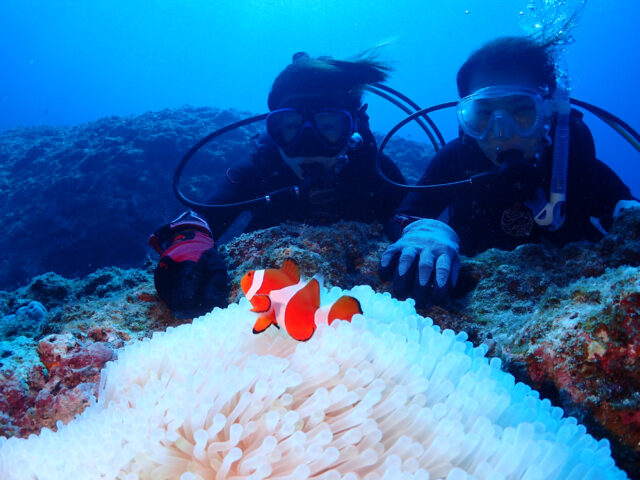
The waters surrounding these islands are home to diverse marine life, including endangered species. Coral reef restoration projects are ongoing, with opportunities for visitors to participate in coral planting activities. Strict regulations govern fishing and marine sports to protect aquatic habitats. Snorkeling and diving operators often include educational components about marine conservation in their tours.
By choosing responsible operators and respecting marine protected areas, visitors play a crucial role in preserving these underwater ecosystems for future generations.
Conclusion: Bridging Experiences on Miyako's Islands
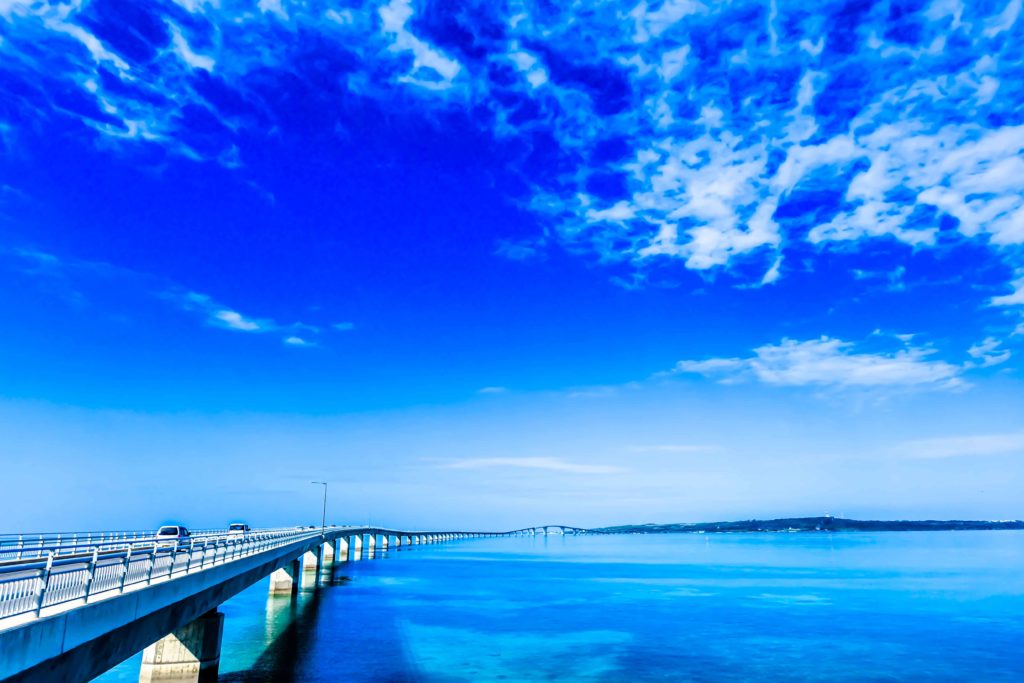
The bridge network connecting Miyako, Irabu, and Ikema islands has opened up a world of diverse experiences for visitors. From stunning beaches and rich cultural traditions to modern engineering marvels, these islands offer a unique blend of natural beauty and human achievement. As you plan your island-hopping adventure, remember to travel responsibly, respecting local customs and the environment.
The memories you create here, bridging different landscapes and cultures, will last a lifetime, showcasing the true magic of Okinawa's island life.
↓ Recommended Tours ↓
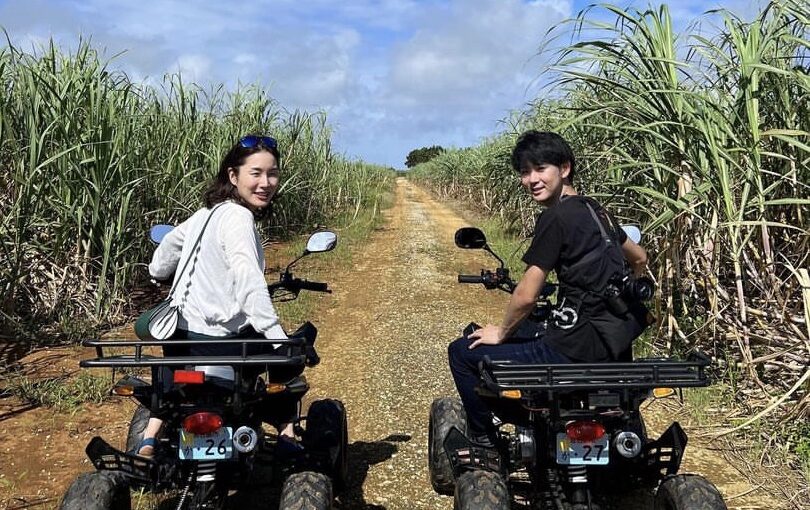 【伊良部島初☆】名所を巡ろう!伊良部島バギーツアー3時間コース《写真・動画撮影無料》現地スタッフのレクチャーで初心者も安心!(No.960)開始時間:10:00-13:00 / 14:30-17:00所要時間:約3時間16,500円
【伊良部島初☆】名所を巡ろう!伊良部島バギーツアー3時間コース《写真・動画撮影無料》現地スタッフのレクチャーで初心者も安心!(No.960)開始時間:10:00-13:00 / 14:30-17:00所要時間:約3時間16,500円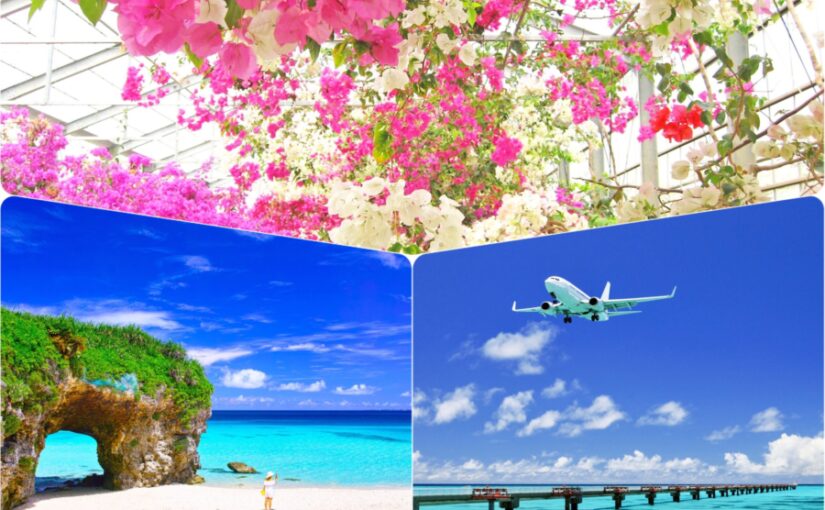 【宮古島/観光バス/1日】色彩豊かな人気の5大絶景スポットを巡ろう☆バスガイド付き観光バスツアー<日帰り参加OK&年齢制限なし>(No.926)開始時間:8:30~17:30所要時間:約8時間7,400円
【宮古島/観光バス/1日】色彩豊かな人気の5大絶景スポットを巡ろう☆バスガイド付き観光バスツアー<日帰り参加OK&年齢制限なし>(No.926)開始時間:8:30~17:30所要時間:約8時間7,400円

